The article is also available in French and Spanish.
The fashion industry accounts for 2% to 8% of global greenhouse gas emissions and around 9% of annual microplastic losses to the oceans. In 2019, the EU was one of the largest global importers of clothing with a combined value of €80 billion.1 Around 73% of the clothing and household textiles consumed in Europe are produced in and imported from partner countries, such as Tunisia, Kenya and South Africa.2 Capacity4dev interviewed the team behind the EU-funded InTex project implemented by the United Nations Environment Programme (UNEP).
The textile sector is considered a cornerstone of Tunisian, Kenyan and South African industries. It contributes to more than 20% of the Tunisian GDP while in Kenya, the sector contribution to the national GDP grew from 10% in 2019 to 15% in 2022. The South African context differs in size, as the clothing and textiles industry contributes to less than 3% of their total manufacturing activity. However, considering both the manufacturing and retail subsectors, there are hundreds of thousands of formal jobs in the whole textiles value chain in South Africa.3
SMEs in the spotlight: the case of InTex
SMEs can be flexible and adaptable and the innovations they make can bring them into the circular economy of the future. Since the textile market in Africa is currently growing exponentially, it is crucial to prepare SMEs to become innovative and circular.
In this context, UNEP has been implementing a three-year project entitled Innovative Business Practices and Economic Models in the Textile Value Chain (InTex). The project is implemented as of September 2020 in Kenya, South Africa and Tunisia, complemented by work on life cycle inventory data and modelling at the global level.
|
Lessons learnt from InTex
|
1. Textile SMEs need tailored support to calculate the environmental footprints of their products and shift to more sustainable business models.
To ensure fair competition among manufacturers and improve the comparability and communication of the environmental performance of products, the EC has proposed the Product Environmental Footprint (PEF) method as the default way to evaluate and measure the environmental impacts of products throughout their life cycle (from the extraction of raw materials to their production, transportation, use and disposal).4

InTex has allowed selected textile SMEs to receive technical and advisory support to conduct a PEF study5 and calculate the environmental footprint of their products. SMEs have learnt the needs and requirements to apply the PEF and benefited from exposure to international exchanges and expertise. In that way, SMEs have managed to stay at the forefront of new environmental developments, showing leadership (e.g. fulfilling the increasing requirements of buyers), and maintaining a competitive edge.
In addition to the PEF, the eco-innovation6 approach and circularity have also been key concepts of InTex. UNEP’s technical intermediaries7 have organised a series of training sessions assisting SMEs in becoming more innovative and circular as well as increasing their knowledge about how they can: i) access new markets, ii) increase productivity, iii) attract new investments, iv) increase profitability and, v) stay ahead of regulation (e.g. EU).
“It is very important to create examples of successful cases that demonstrate that small companies or an organisation can go through methodologies like PEF and Eco-innovation. I strongly believe that to measure is to know. If you cannot measure, you cannot improve. So, it's crucial to quantify the impacts and try to improve according to those results.”, Juan Pablo Chargoy Amador, Life Cycle Management Expert & General Director of the Center for Life Cycle Assessment and Sustainable Design Mexico (CADIS)
2. Increased access to environmental, lifecycle and socio-economic data is needed.
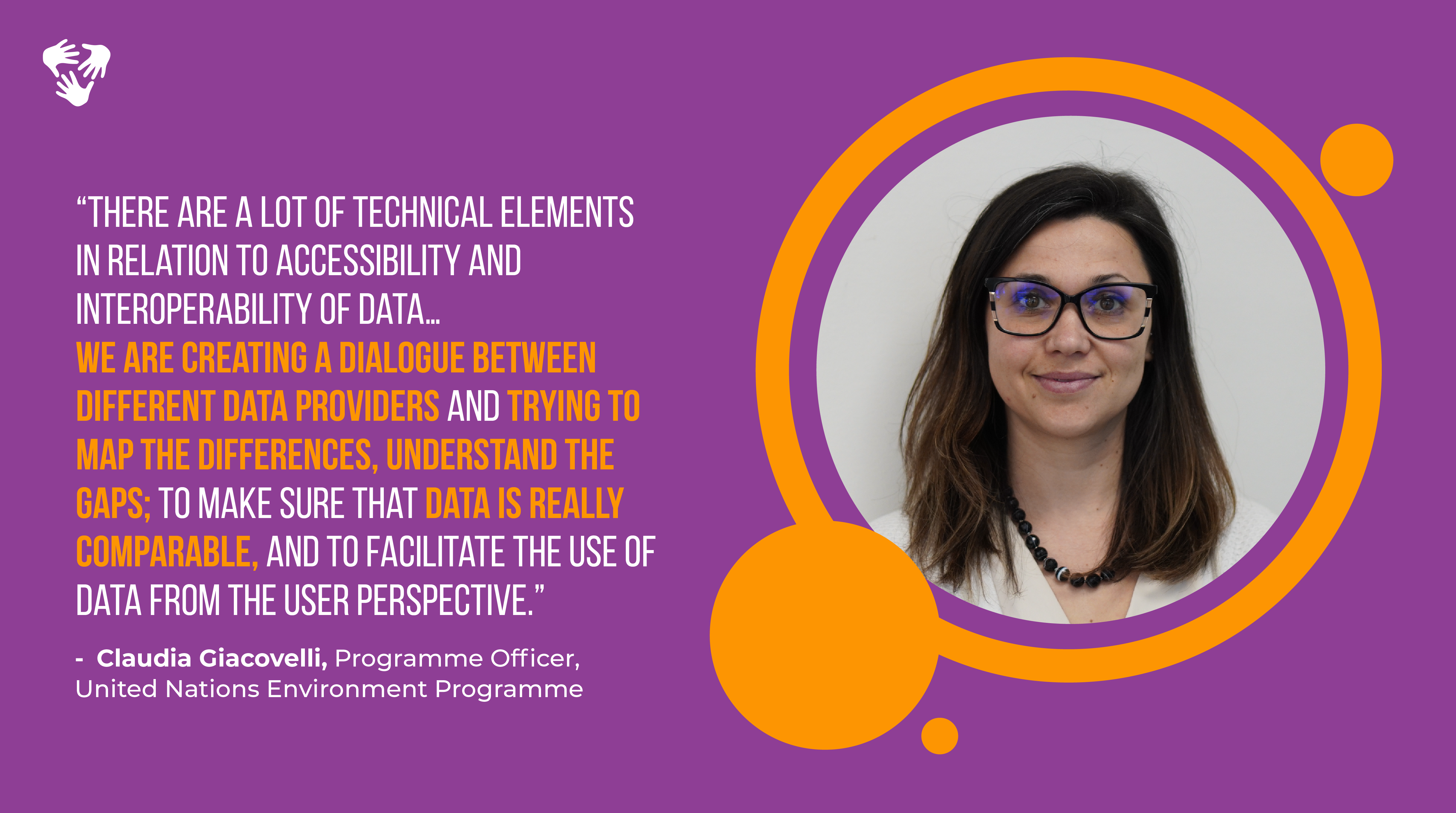
Despite its importance for policy development, data is not always available, reliable, comparable or even interoperable in the case of developing countries and economies in transition. By increasing their access to environmental and life cycle inventory (LCI) data, businesses and policymakers can make better-informed decisions and implement relevant strategies. Additionally, evidence of the environmental and socio-economic impacts of the different sustainable economic models in the textiles value chain, can help bridge the science-policy gap and raise awareness with regard to the potential impacts of adopting and fostering innovative sustainable and circular policies and practices. For the collection of data, InTex provides support to the participating SMEs. Claudia Giacovelli, Programme Officer, Life Cycle Unit, Industry and Economy Division at UNEP, explains: “There are a lot of technical elements in relation to accessibility and interoperability of data…We are creating a dialogue between different data providers and trying to map the differences, understand the gaps; to make sure that LCI data is really comparable, and to facilitate the use of data from the user perspective.”
3. Use robust procedures to identify and engage with technical intermediaries and SME beneficiaries to ensure high ambition and impact.

The success of an intervention is not always a given. In the case of InTex, a list of selection criteria was put in place together with the EC to identify the project partners including technical intermediaries such as the International Centre for Environmental Technologies of Tunis (CITET) and the Centre for African Resource Efficiency and Sustainability (CARES). The technical intermediaries are not only familiar with the country context and national authorities but can also support SMEs by building a relationship of trust. As Zubeida Zwavel, Executive director of the Centre for African Resource Efficiency and Sustainability (CARES), South Africa, mentions: “When we went onsite to the companies and related to them directly, we got an understanding of the business and the context that they're operating within. That has helped to get that personal touch to be able to create a relationship with the organisations and companies. Once you have that relationship with the companies, it becomes a little bit easier to get information from them and make them understand that you are a partner assisting them with their journey.”
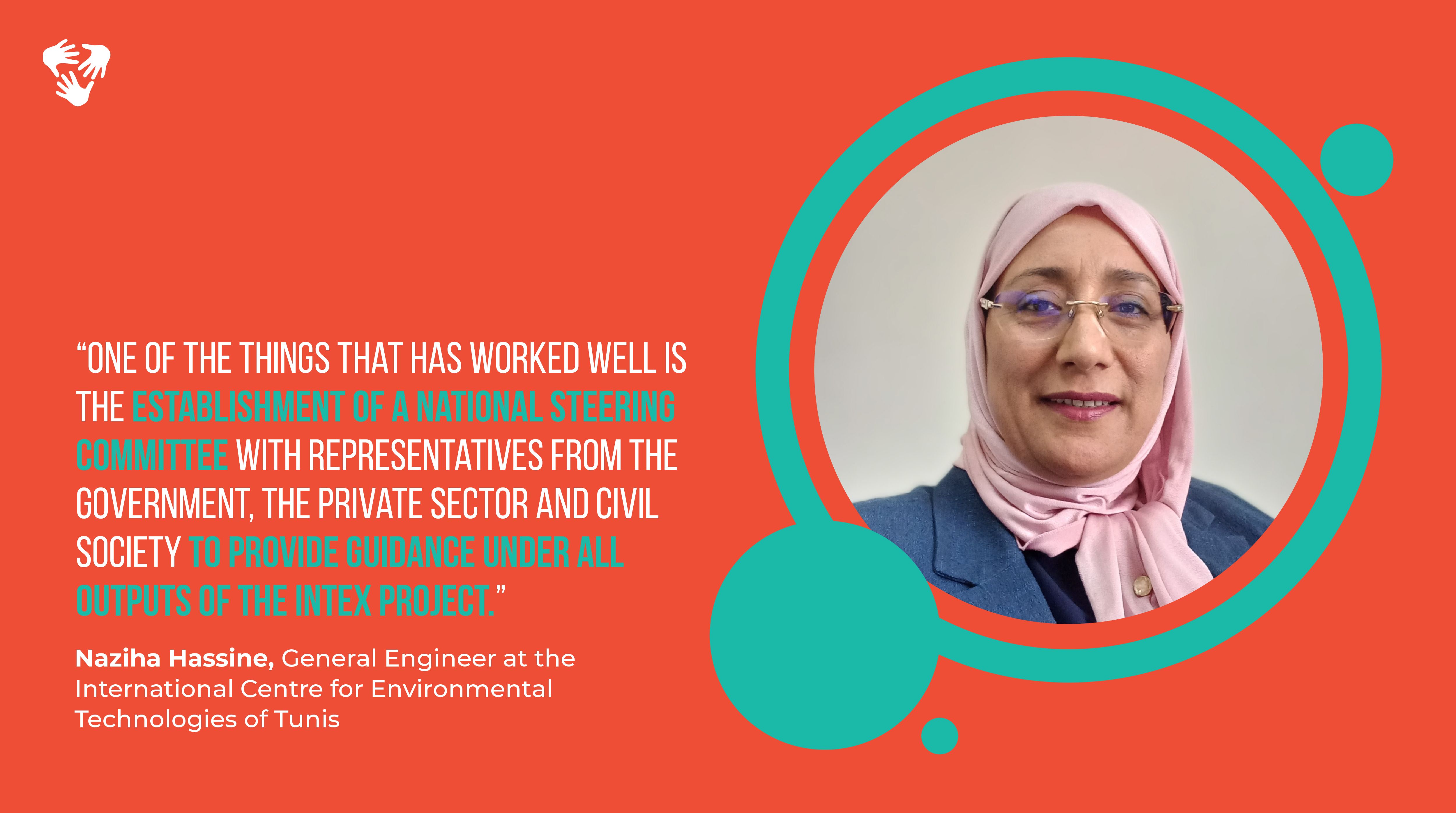
Another factor in the success of InTex is the inclusion and contribution of multiple national stakeholders. As Naziha Hassine, General Engineer at the International Centre for Environmental Technologies of Tunis (CITET), mentions: “One of the things that has worked well is the establishment of a national Steering Committee with representatives from the government, the private sector and civil society to provide guidance under all outputs of the InTex project. Moreover, the composition of the Steering Committee has been enlarged taking into account not only a close dialogue with textile SMEs involved in the InTex project but also synergies with other national, regional or international projects related to the textile sector. Lastly, in collaboration with various stakeholders, a technical committee within CITET is constituted for the monitoring of the project and the support of each beneficiary company in an individual and specific way.”
Final thoughts
Achieving circularity in textiles will require entirely new business models and conducive policy frameworks to evolve from an industry producing large volumes of disposable items towards one which produces valuable items that remain in use for a long period before being repurposed or recycled.
So what’s in store for the future? Scaling up would be the answer. More data needs to become available from the textile industry subsectors in Tunisia, Kenya and South Africa, but also from other partner countries in Africa and beyond. More SMEs will need to stay ahead of future regulation requirements and market shifts by being able to adopt and use methodologies such as PEF and eco-innovation and having access to information such as EU legislation (e.g. Carbon Border Adjustment Mechanism, EU strategy for sustainable textiles, etc.).
Like, comment and share this article with your peers
1 EU policy frameworks and strategies, such as the Circular economy action plan and the EU Strategy for Sustainable and Circular Textiles promote international collaboration to reduce negative environmental and social impacts.
2 For more information, read here.
3 For more information about Tunisia, South Africa and Kenya, read here.
4 Read more about PEF here.
5 A PEF study measures the environmental impact of a product over a fixed set of 16 environmental categories. A PEF study provides recommendations on how to improve the environmental impact of the product along its life cycle.
6 Learn more about the UNEP Eco-innovation approach.
7 For the implementation of InTex, UNEP partnered up with four technical intermediaries, the International Centre for Environmental Technologies of Tunis (CITET), Moi University, the Centre for African Resource Efficiency and Sustainability (CARES) and the National Cleaner Production Centre of South Africa (NCPC-SA).



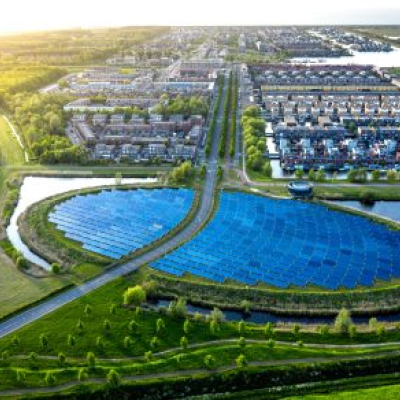
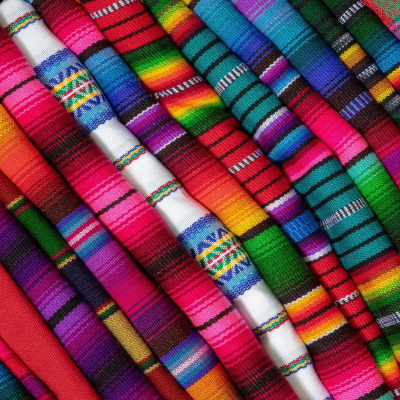
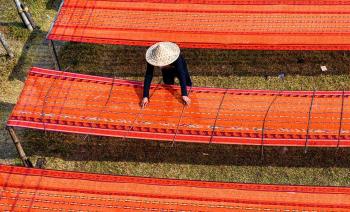
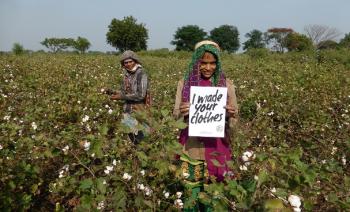

Log in with your EU Login account to post or comment on the platform.